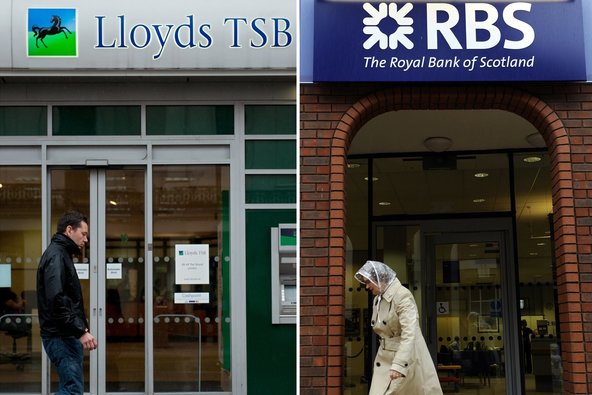PARIS — The European Union on Thursday agreed to an overhaul of the region’s fisheries policy, a deal intended to make commercial fishing more sustainable.
While officials hailed it as a landmark agreement, some environmentalists said the deal might not be ambitious enough.
The agreement, the first overhaul of the Common Fisheries Policy since 2002, was reached early Thursday by Maria Damanaki, the European fisheries commissioner; Ulrike Rodust, a German member of the European Parliament; and Simon Coveney, the Irish fisheries minister, on behalf of the European Union’s 27 national fishing ministries. The deal requires the consent of all 27 member countries of the European Union, but their approval is expected.
“This is a historic step for all those involved in the fisheries and aquaculture sectors,” Ms. Damanaki said in a statement. “We are going to change radically the way we fish in the future.”
The current policy has been widely regarded as a failure. According to European Union data, 80 percent of Mediterranean fish stocks and 47 percent of Atlantic stocks have been overfished.
In February, Parliament gave overwhelming support for a strict new policy. But the European fisheries council balked at the plan. Since then, both sides have worked to resolve their differences.
As part of the deal, negotiators agreed to end overfishing by setting quotas at levels consistent with scientific advice and bringing fleet capacity in line with fish stocks. Overfishing is supposed to stop by 2015, with a five-year grace period for exceptional cases. Officials also agreed that stocks should be managed with a goal of being returned to sustainable levels.
They also decided to seek an end to the wasteful practice of discarding unwanted fish at sea. The new rules will also pass on more decision-making to the national and local authorities.
The negotiators rejected a proposal to create transferable fishing rights, which had prompted fears among small operators that Europe’s fishing quotas would end up in the hands of large companies. Ms. Damanaki said the overhaul would also address the claim that European fleets act in environmentally destructive ways in overseas waters.
“We are going to apply the same principles when we are fishing abroad,” she said. “We will fully respect international law and our commitments.”
Conservation organizations generally applauded the deal reached on Thursday, praising Parliament for taking a strong stand. But critics question Europe’s will to enforce its own laws, noting that no deadline had been set for the sustainability goal.
Sergi Tudela, head of the fisheries program at the environmental group WWF Mediterranean, said the language in the agreement meant that it might be 100 years before some stocks recovered to sustainable levels. The deal “fails to end overfishing and ensure recovery of fish stocks within a reasonable time frame,” Mr. Tudela said.
Uta Bellion, a spokeswoman for the Pew Charitable Trusts and Ocean2012, a coalition of environmental organizations, said identifying sustainability as a management principle was an important step, despite the lack of a target date. The deal, she added, showed that Europe had learned the lessons of the Magnuson-Stevens Act, a 1976 law in the United States that is credited with improving the supervision of American commercial fishing.
Ms. Bellion also said she welcomed an element of the new policy that rewards “low impact” fishers by giving them a larger share of the catch, a measure to encourage environmentally responsible practices.
Another battle looms on the horizon, this time over the subsidies the European Union pays out annually to fishermen. Those subsidies are considered to be a cause of unsustainable overfishing, since they keep otherwise unprofitable boats in the water.

Article source: http://www.nytimes.com/2013/05/31/business/energy-environment/europe-moves-to-overhaul-fishing-policies.html?partner=rss&emc=rss


